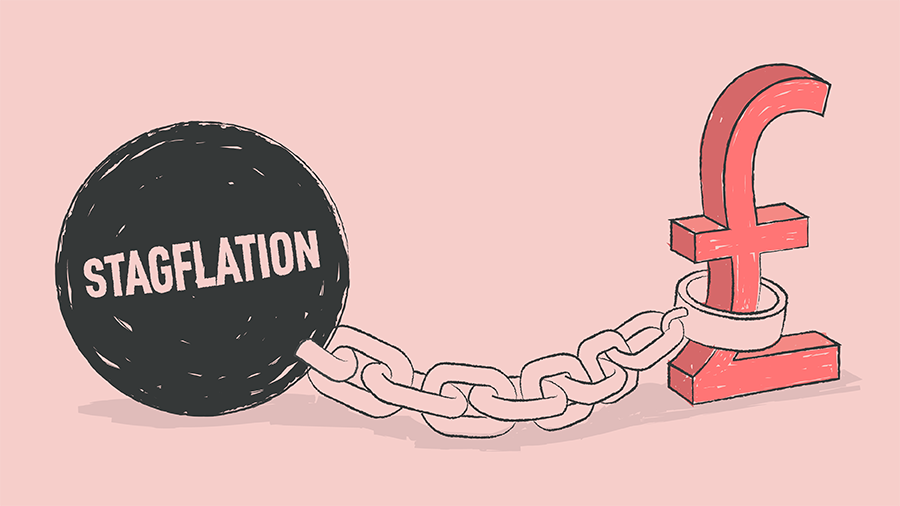Flatness is a very fashionable quality for a start-up. When founders talk about their nimbleness and adaptability, they often reference their lack of hierarchy as a cardinal virtue, and it’s easy to see why.
The traditional model of organisational design – modelled on an army, with a strict reporting pyramid – can seem clunky and unsuited for either knowledge work or the fast-paced uncertainty of modern times.

Flat structures, such as holacracies, promise something more egalitarian and meritocratic, where people with varying levels of experience pool together for projects, unencumbered by formal job descriptions or lines of authority. It’s a model of empowerment: regardless of seniority, you are trusted to make decisions autonomously for the good of the company, which means they can be made swiftly, without having to wade through layers of approval.
What’s not to like? Well, a few things actually.
Middle management doesn’t mean micromanagement
For a start, the assumption behind flat structures – that middle management is unnecessary – largely follows from the belief that management itself is unnecessary, because good people can manage themselves.
While I agree that micromanagement is unnecessary and counterproductive – unless you’ve hired dunces and/or have too much time on your hands, why would you try to do their work for them? – management itself is essential.
Management is not about telling people what to do, it’s about coordination. The bigger an organisation is, the more complex it is, and the less likely it is that any one person in the business will understand what everyone else is doing. In fact, it’s the CEO’s job to know what everyone else is doing – not in fine detail necessarily, but in broad terms – so they ensure everyone is pulling in the same direction, and they can only do that if they have middle managers sending information between the C-suite and the front line.
(This doesn’t have to be bureaucratic, incidentally – the best middle managers amplify the vision, purpose, strategy and culture that the C-suite spends so much time articulating, and they report back intelligence from customer-facing employees that otherwise might never reach the boss.)
Flat structures aren’t scaleable
Start-ups can therefore be flat, and indeed they usually are in the early days, but it’s not a model that scales well. Indeed, it’s not hard to find high-profile examples of self-consciously flat organisations, like the social network Medium, that have reversed their position because it was too distracting and time-consuming.
There has to be some structure to stop the chaos. And while that can in part take the form of clear decision-making frameworks, employee empowerment cannot mean absolving senior leadership from responsibility from what is happening in the business.
No room for career progression
The second major challenge with flat structures is that they aren’t actually good for the people who work in them, in the long run. How do you advance if there are no senior positions to advance to? How do you demonstrate your worth in the job market if you can’t acquire the combination of functional expertise and management experience that other employers are looking for?
The result is that, when one of the precious few senior positions at the firm becomes available, leaders with such experience are often brought in from outside. The signal that this sends can be toxic for motivation and culture.
So while flattening the organisation chart may appear a way of becoming more agile and dynamic, approach with caution. It can be damaging to get rid of structure, and it isn’t necessary anyway – with the right people, frameworks and culture, you can implement employee empowerment and quick decision making without losing the coherence that hierarchies bring.
















